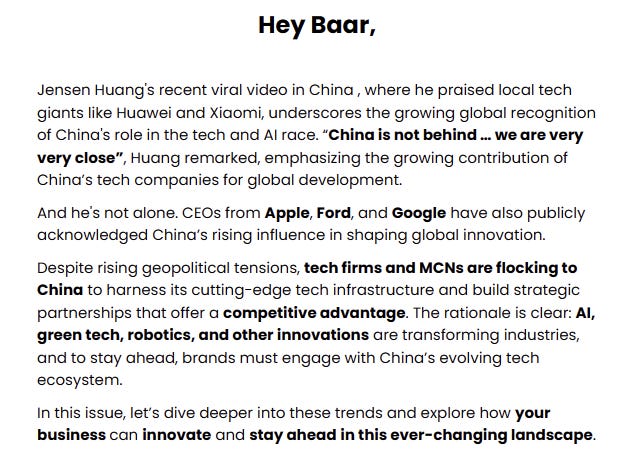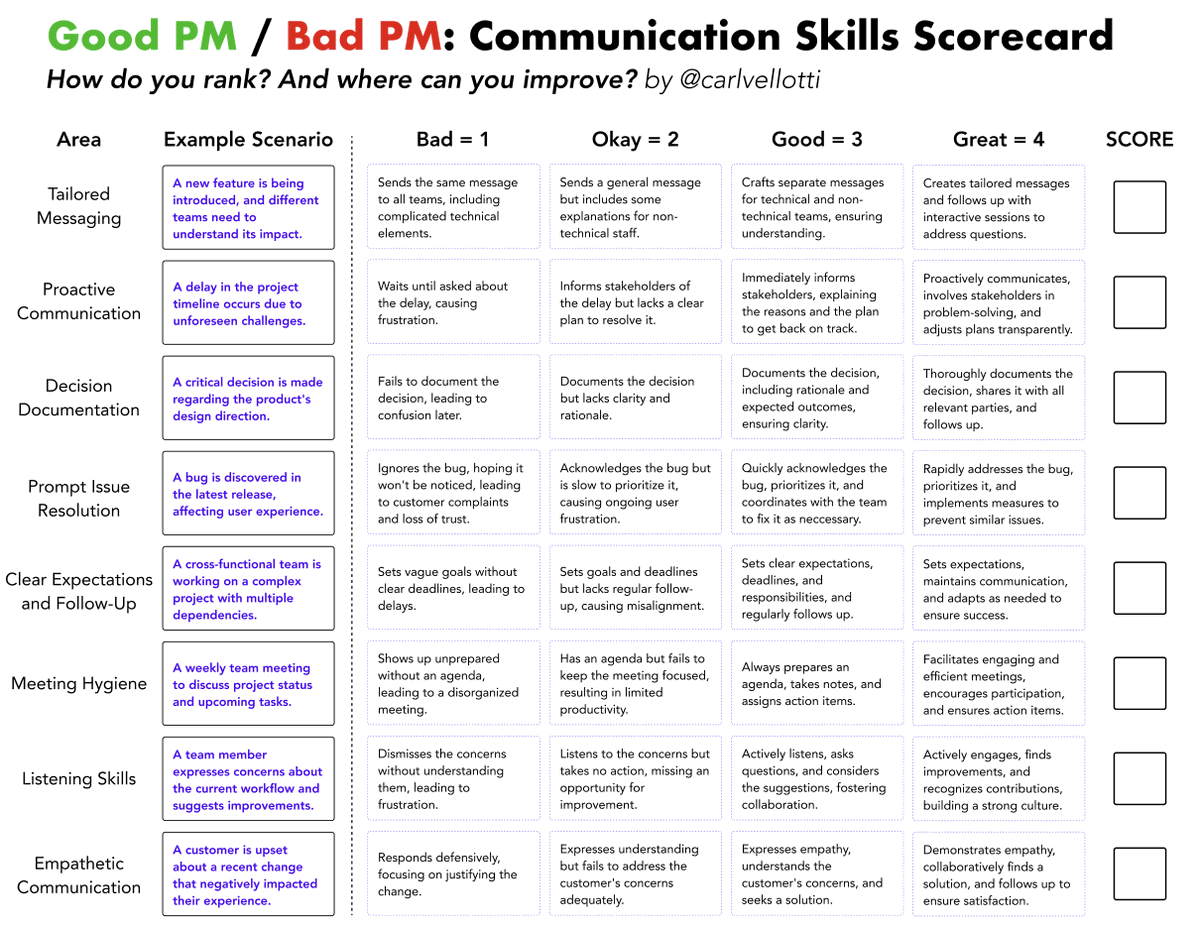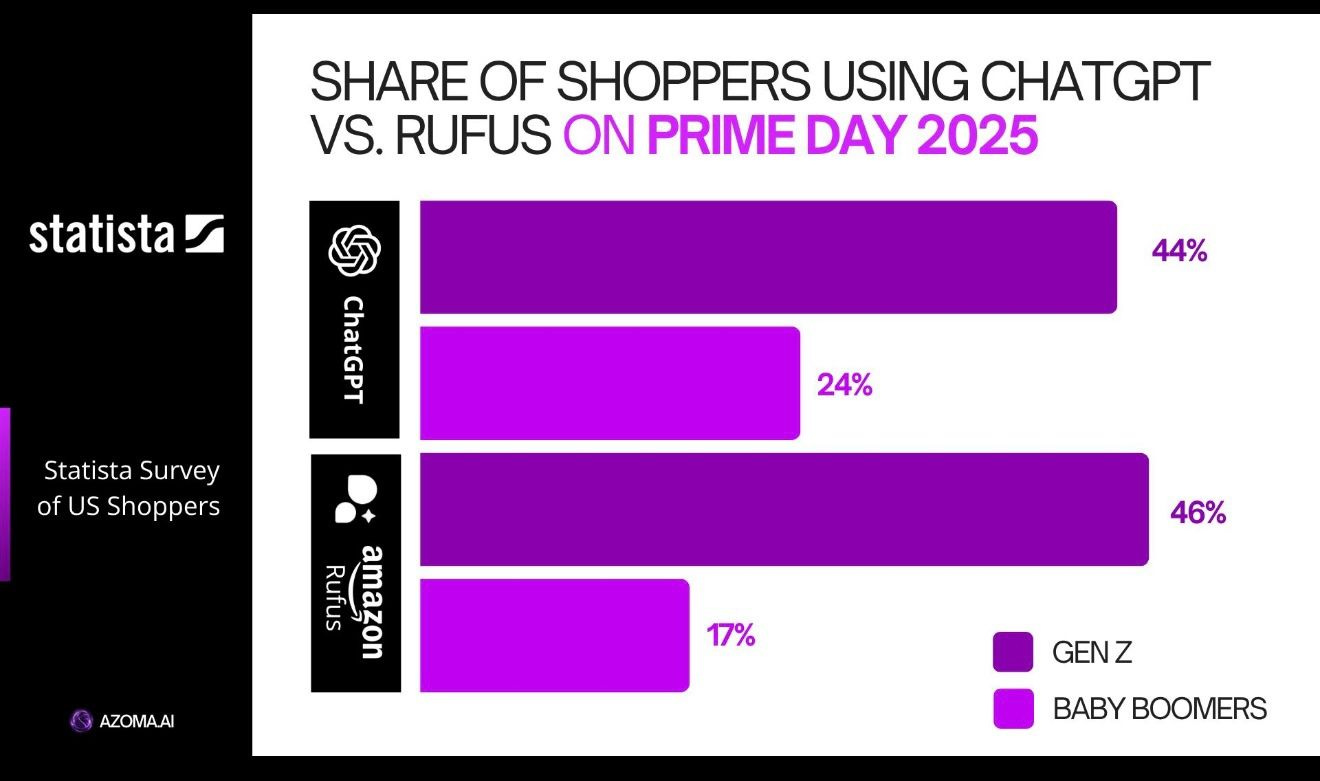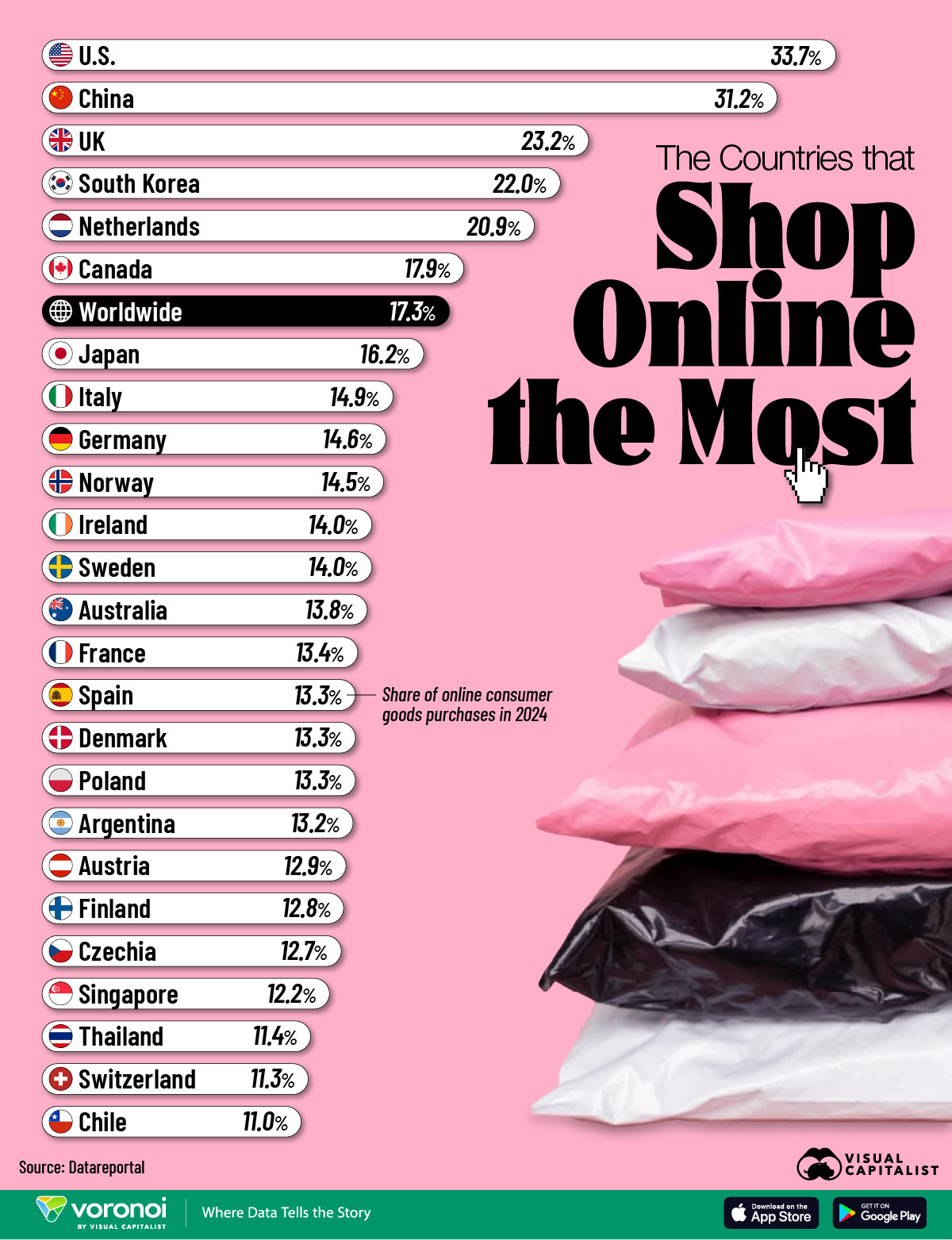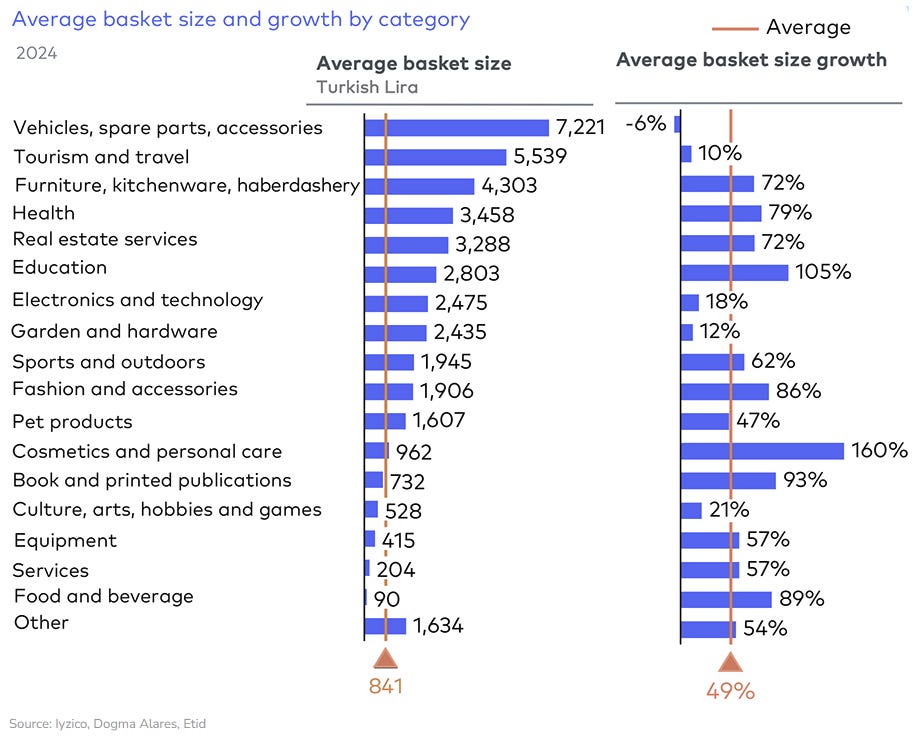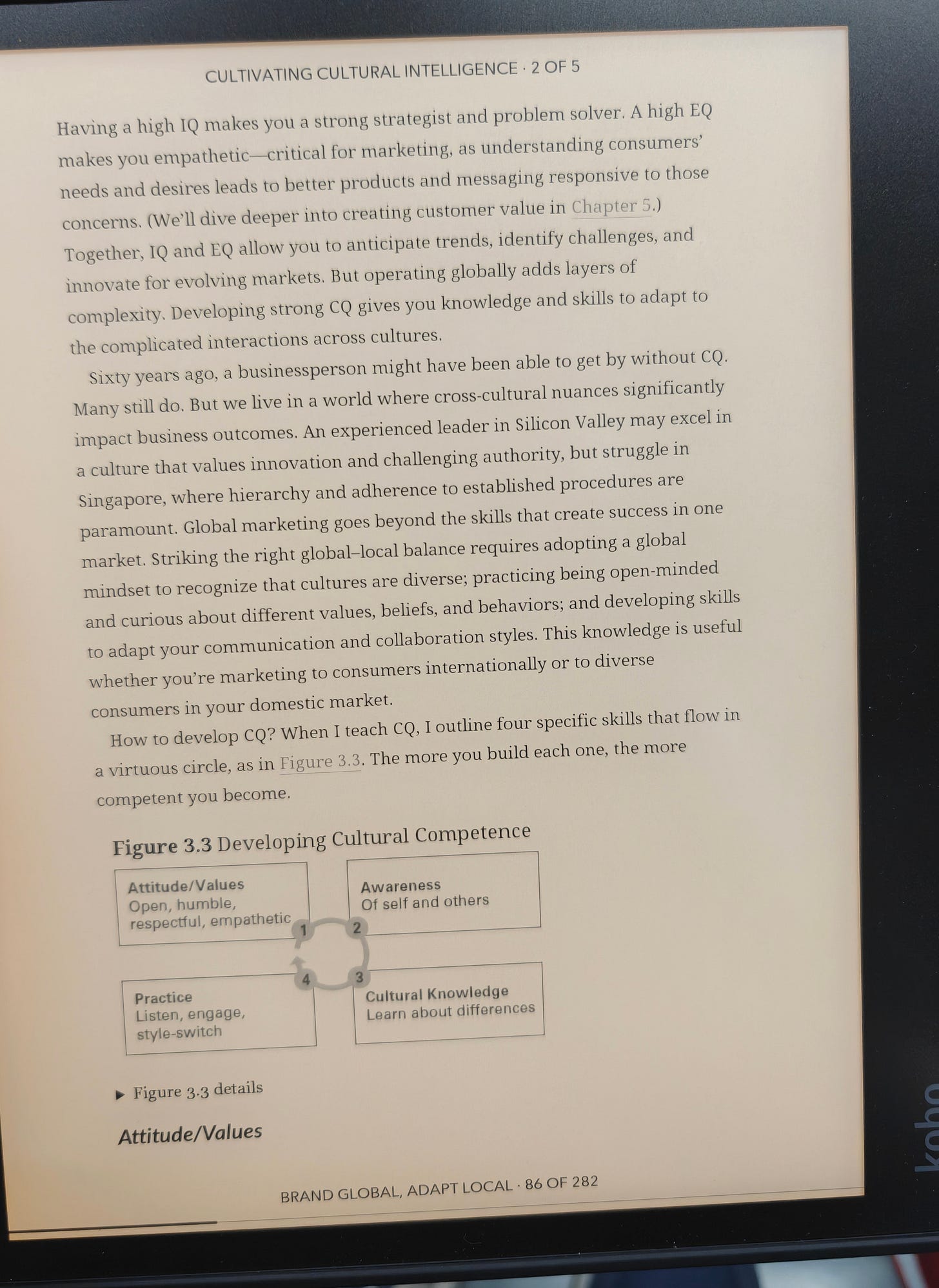Global Digital Marketing & Retail by Alex 104
Inspiration from across the world for retail enthusiasts, e-commerce professionals, marketing lovers and technology fans. Welcome back! I summarized some great links again, I stumbled upon this week.
Goodmorning everyone! A complete fresh newsletter on what is happening in crossborder e-commerce, retail and tech. Happy reading!
🇨🇳 Alibaba’s new AI agent to ‘revolutionise’ how merchants source goods online
Already before I got to work in China, I visited China a few times. Often I had the luck to join colleagues who went to the Canton Fair, an extremely huge fair all about sourcing products. I liked it a lot, not the negotiations (I’m not good at that), but making a connection with the sellers and thinking/analyzing about which product has a high probability to sell well, or what amendments are needed.
After I lived in China, I dived more into how to source remotely, and then you get a lot of “obstacles”: not having direct contact, difficulty in explaining amendments, and all of these things.
Now Alibaba has released a special sourcing AI, that’s really cool and helps solve a lot of these problems. It’s called Accio.
The Accio Agent unveiled by Alibaba International Digital Commerce Group (AIDC) was designed to “revolutionise international commerce” by automating 70 per cent of the traditional time-consuming work, including product ideation, prototyping, compliance checks and supplier sourcing, the company said in a statement.
Check out this short video I found of a guy who compares Accio with ChatGPT and Gemini:
Or directly to Accio: https://www.accio.com/
🇳🇱 Featurewatch: Happyrail “Assistance button”


I always use the “happyrail” app when I book traintickets in Europe. Unfortunately booking crossborder traintickets can still be a hassle and also there are frequent delays (especially in Germany). So I like this feature happy rail has called “assistance on tour” for direct support during travel, conveniently located, at the travel status update page. Right place, right feature, I would say.
After clicking you can choose out of many options, for me AI helped me sufficiently during my recent travels.
🇨🇳 Ashley Dudarenok on China tech
My favorite China Watcher is Ashley Dudarenok. She regularly publishes a newsletter on China’s tech and retail. I got triggered this time bacause the email’s subjectline had: Europe's de-risking reality check, a topic that interests me. Unfortunately the newsletter itself didn’t go specifically in depth on Europe’s or the EU situation, but still I share this short video of Ford’s CEO on Chinese tech, and it’s true as I experienced it myself during a recent trip and I think also valid for the European car industry.
Details: https://ashleydudarenok.com/
✅Good PM/ Bad PM the communication skills scorecard
I enjoy product management (especially international product management) because it’s rewarding to think about strategy, features, and solving problems for (international) users. I came across this checklist, the “PM Communication Skills Scorecard.” I scored quite high on it, though most of the points were things I was already doing naturally. Worth a share this checklist.
🇺🇸 Rufus vs ChatGPT usage on Prime Day
Now this is interesting. This data comes from a survey of U.S. shoppers conducted right after Prime Day 2025. It asked which AI assistant they used to guide product discovery, price comparisons, and purchasing decisions, focusing on actual usage, not just awareness, which makes the numbers more telling.
Apparently, 44% of Gen Z shoppers relied on ChatGPT to guide their purchase decisions, while 46% of Baby Boomers preferred Amazon’s native assistant, Rufus.
I think we can also take from this that search and discovery now span many channelsand a broader behavioral shift is coming.
🌐Crossborder insights: “countries that shop the most online’
Since this is a “crossborder newsletter,” let’s dive into some behavioral differences. This one is about which countries click the “add to cart” button the most, or shop most online.
I couldn’t verify the original source of the data, but even if it’s not completely accurate, the differences are still clear. Looking at the chart, you can see signals of digital savviness, logistical excellence, and trust.
The gaps are huge—so there are plenty of opportunities out there!
Details: https://www.visualcapitalist.com/the-countries-that-shop-online-the-most/
📖The digital shelf is not a shelf
I want to highlight the newsletter of a former colleague, Nikki. I read (almost) every edition, and this one stood out because it touches on a topic I’m also involved with currently: the digital shelf.
Too often in e-commerce, management (and sometimes even entire teams) reduce the discussion to PDPs or PLPs. But the digital shelf today is so much more. It’s about re-purposing content across channels, integrating tools, and making sure you’re present wherever your (potential) customers are. That requires a very different mindset—and Nikki captures this well.
As he puts it:
Brands must think in systems, not in pages
Most brands still treat their digital shelf as if it were a shelf. A row of product pages, a set of retailer listings, a place where you “put things” and hope they sell.
That thinking dangerously limiting.
I couldn’t agree more. The challenge, of course, is that this systems-based view is not always easy to explain to management. But it’s where the future of e-commerce strategy is heading.
Reducing the digital shelf to “what’s on the product page” is like reducing an orchestra to “what’s in the flute section.” Yes, the page matters, but it’s the product of everything behind it:
Governance gaps lead to unclear ownership, slow fixes, and missed opportunities.
Fragmented processes cause inconsistent copy, compliance issues, and delayed launches.
Generic activation means you syndicate the same content everywhere — and underperform everywhere.
Weak content operations limit enrichment, localization, and SEO, killing discoverability.
Rigid technology locks you into manual cycles instead of enabling real-time changes.
Without addressing these root causes, even the most beautiful PDP is just a static postcard in a dynamic marketplace. It impacts all performance factors of business: top line, bottom line, brand equity, customer loyalty.
I like this take. Reducing the digital shelf to “what’s on the product page” is indeed far too narrow. In my current work I also see it more as an ecosystem, where different claims, content formats, and touchpoints all connect into one bigger system.
It’s not just about PDPs or PLPs, but about orchestrating consistency, traceability, and storytelling across every channel where customers discover or evaluate products.
Nikki dives deeper into the tech and content operations side then I am at work, but I think the underlying point is the same: the digital shelf only works if all the parts behind it, processes, ownership, and activation, are aligned. Otherwise even the best product page risks becoming just a “static postcard.”
Follow Nikki via: https://www.linkedin.com/pulse/digital-shelf-nikki-eijpen-bmj7e/
Or via substack
🇹🇷 Turkeye Watch: E-commerce is booming
Türkiye’s e-commerce sector is booming and that’s nice! After my recent visits to Istanbul I try to catch up on what’s happening there and that’s a lot take a look at this report (linked below):
The sector supports over 1 million jobs, that means a lot for innovation and entrepeneurs.
E-commerce is driving cross-border trade, expanding Türkiye’s global reach. (so very nice for crossborder fans)
With its strategic location, production power and price-quality advantage, Türkiye has the potential to stand out especially in European, Middle Eastern and North American markets. The nation has notable strengths in high-demand sectors such as textiles, home decoration and food, not just in the region but worldwide.
📖Book snippet: Brand global, adapt local
I read the book “brand global, adapt local” and I thought this is worth a share. It reminds me why I enjoy international marketing and communication so much. Probably it’s because of having a high EQ: being curious about different cultures, interface, technology, empathizing with people, and adapting messaging across markets feels natural to me. The part on CQ really resonates with me global marketing is about listening, learning, and adapting to different cultures while finding the right balance between global and local.
That’s about it for this edition. Email length nearly reached according to substack’s editor. So rest me to say:
Warm greetings, connect via: Alex Baar
Or checkout my archive of previous newsletters if you want to read more :



